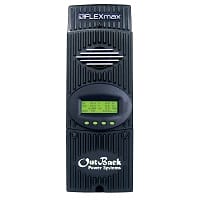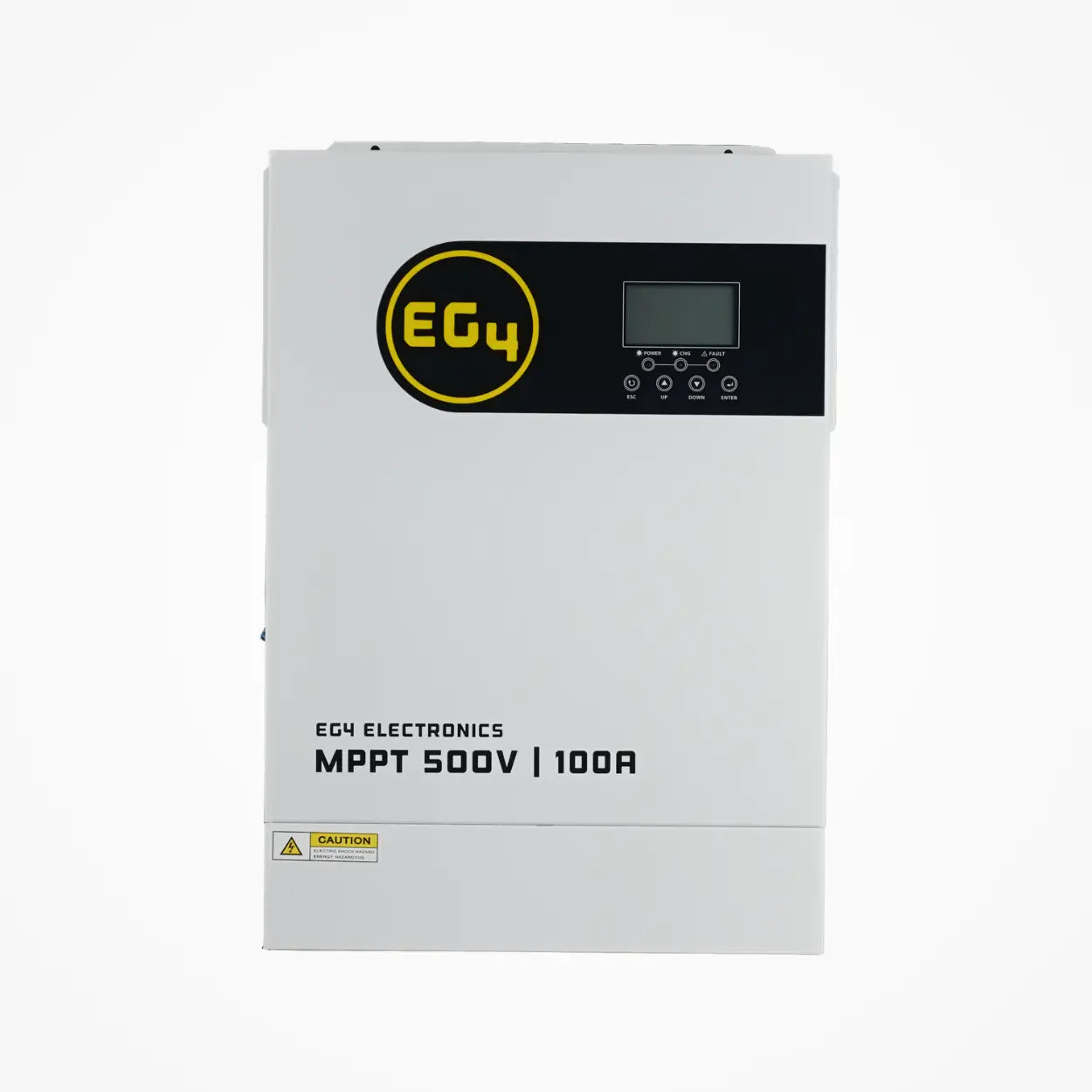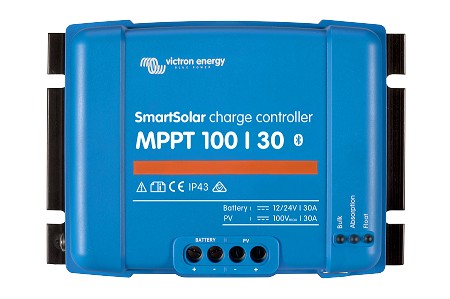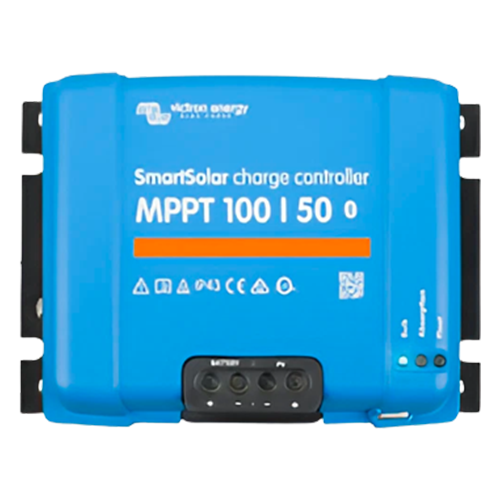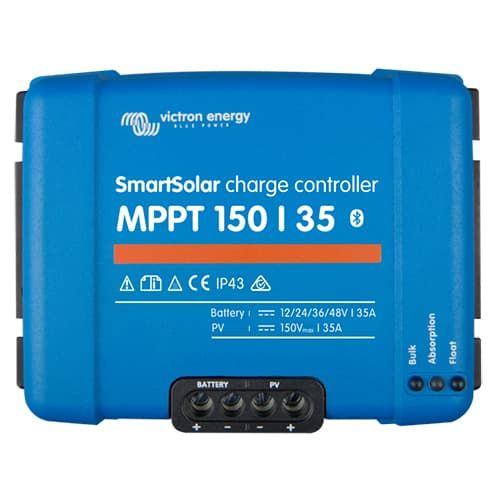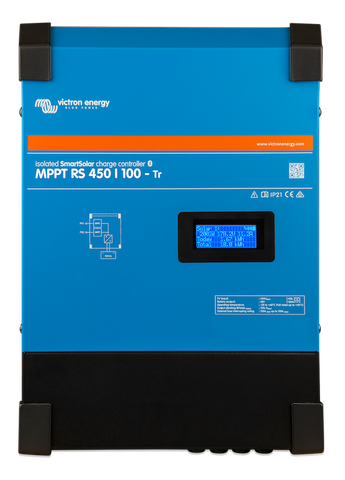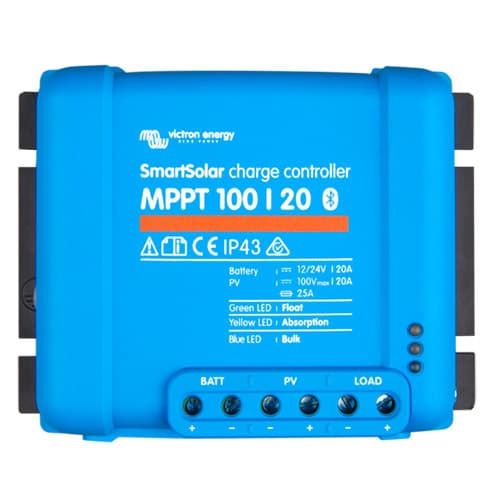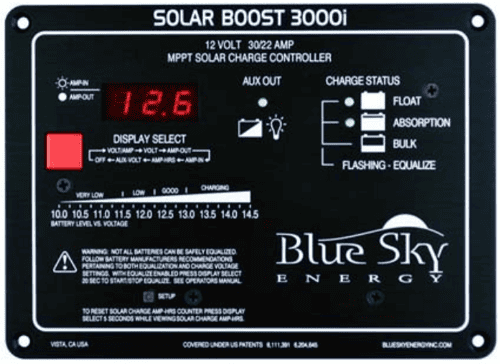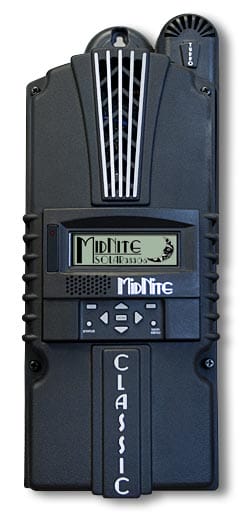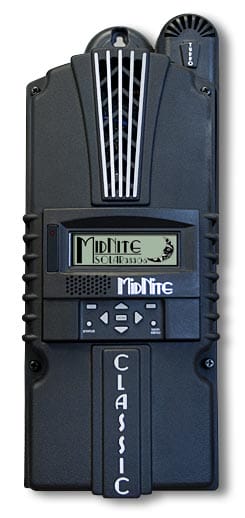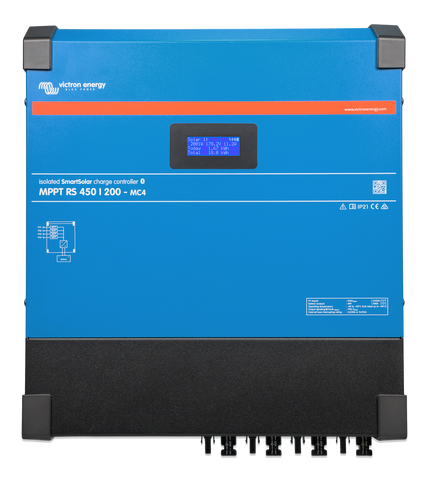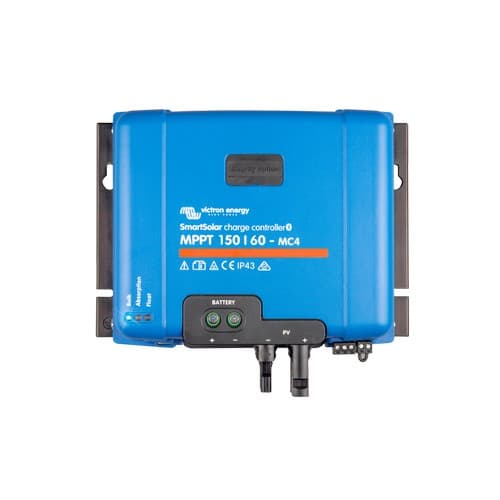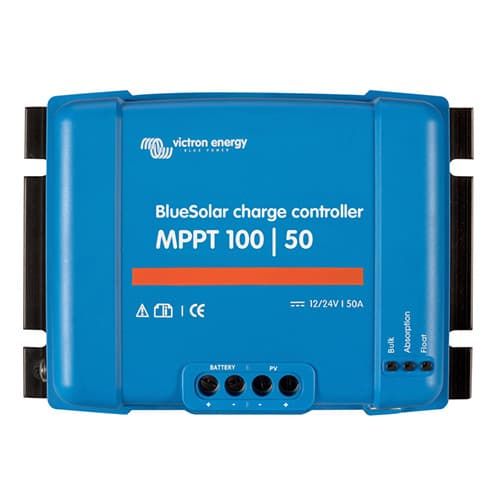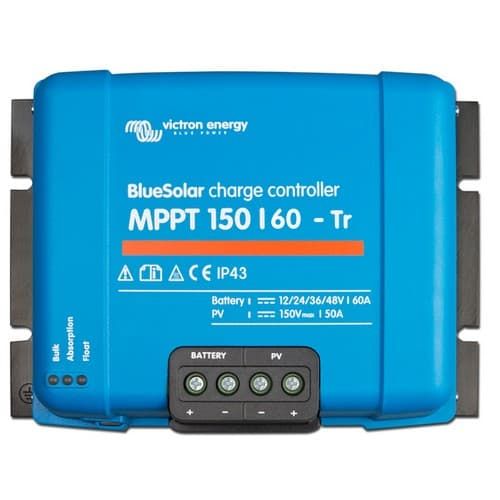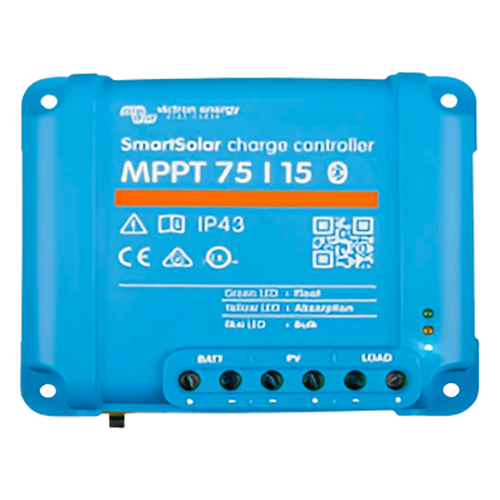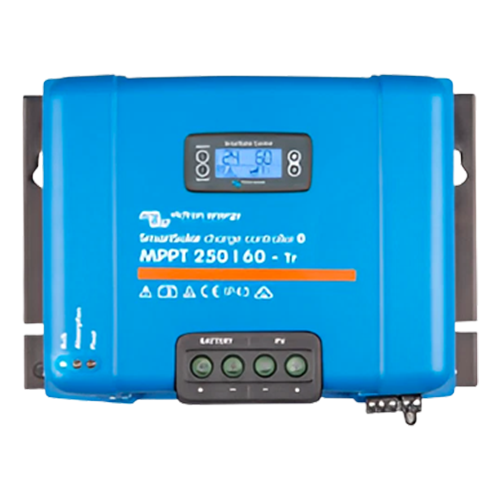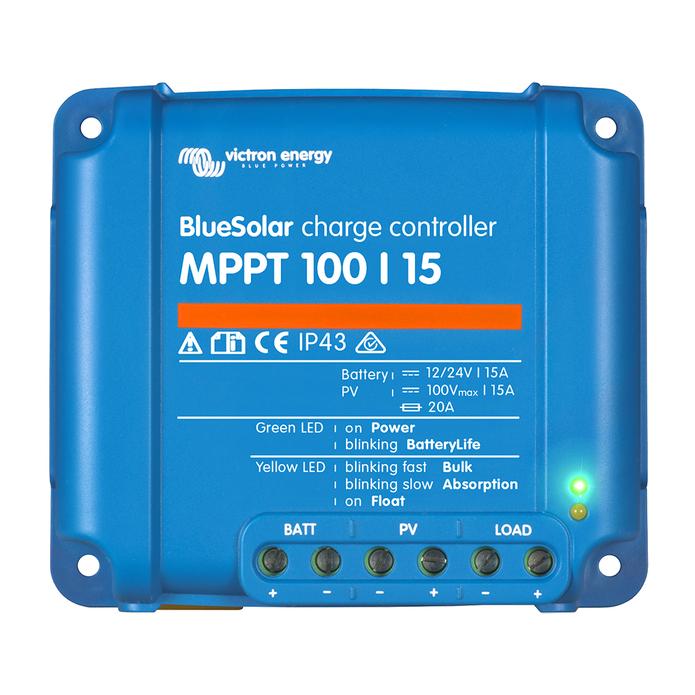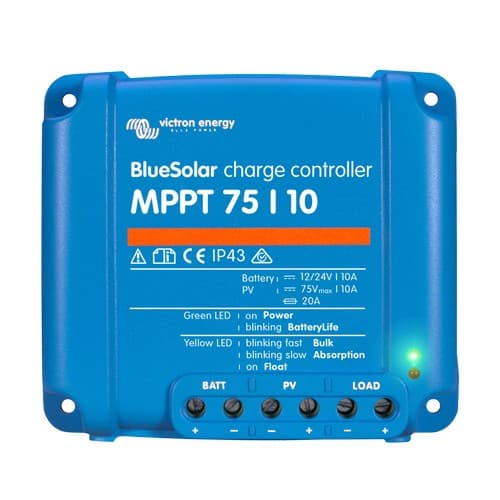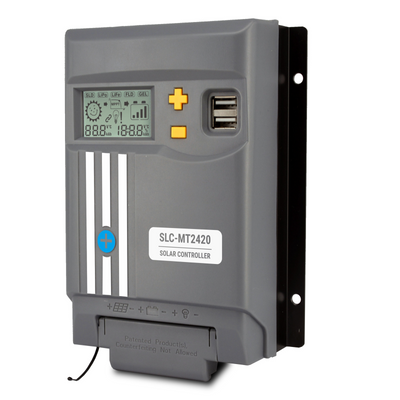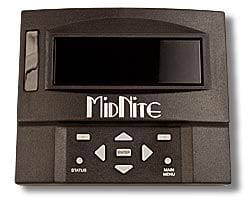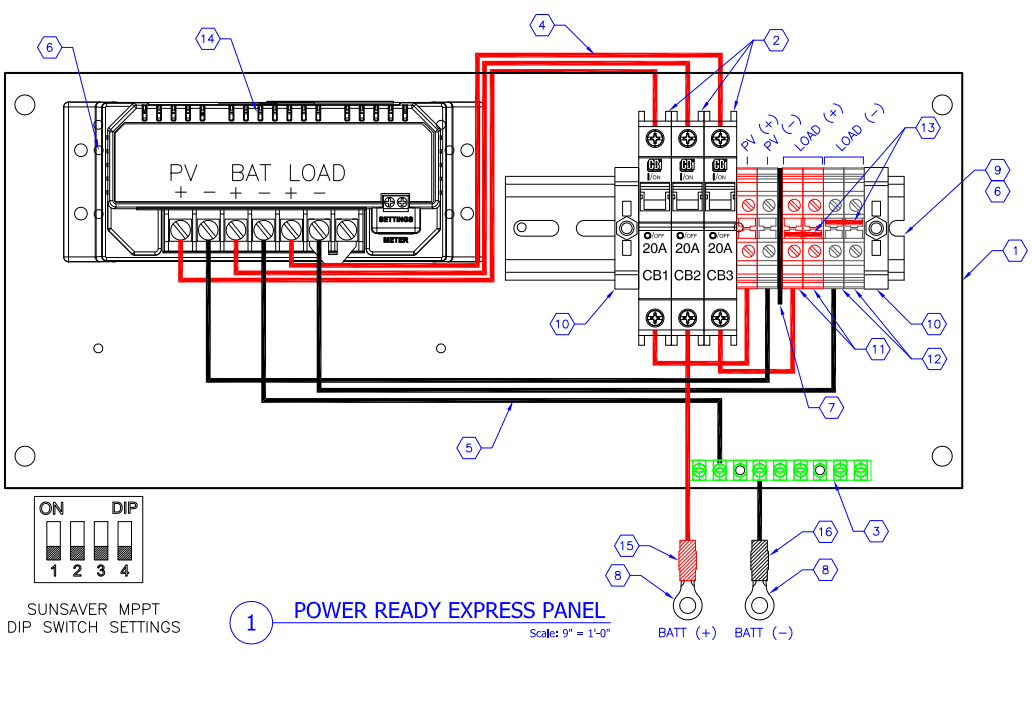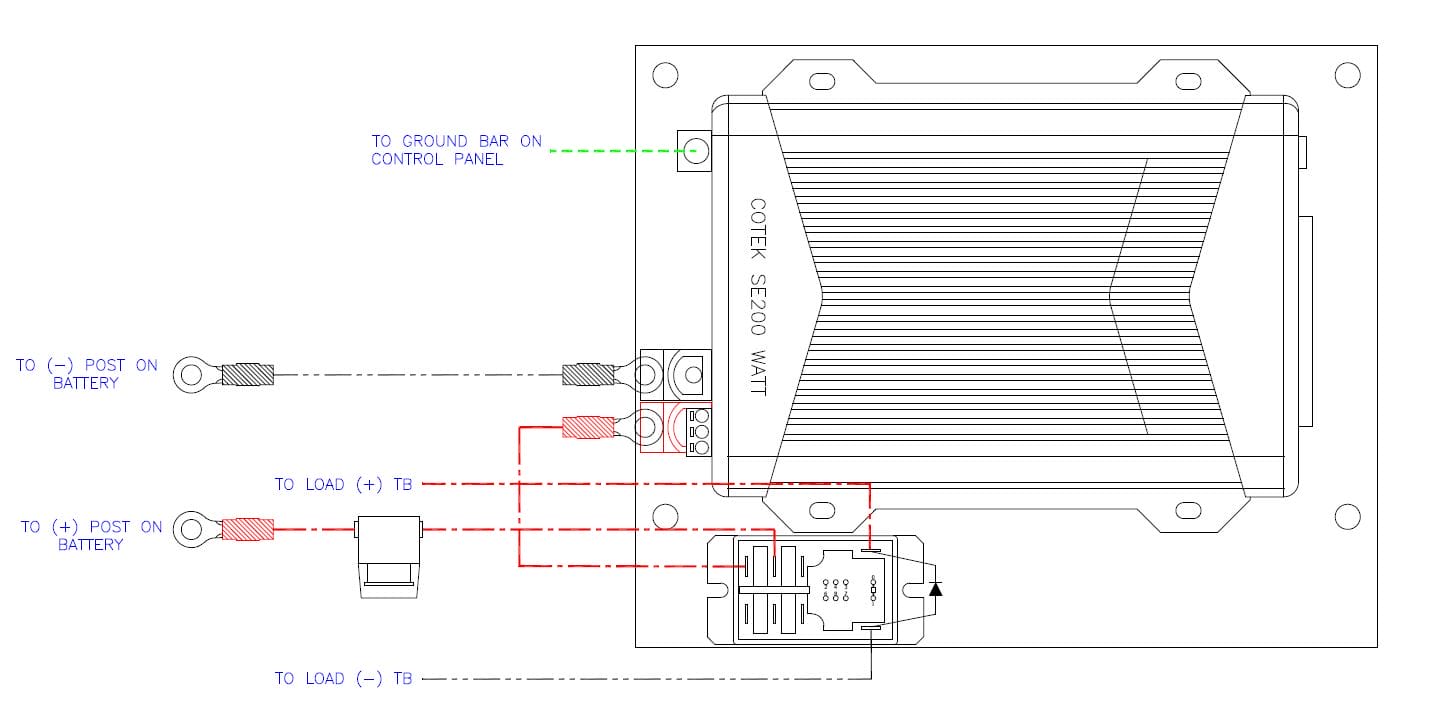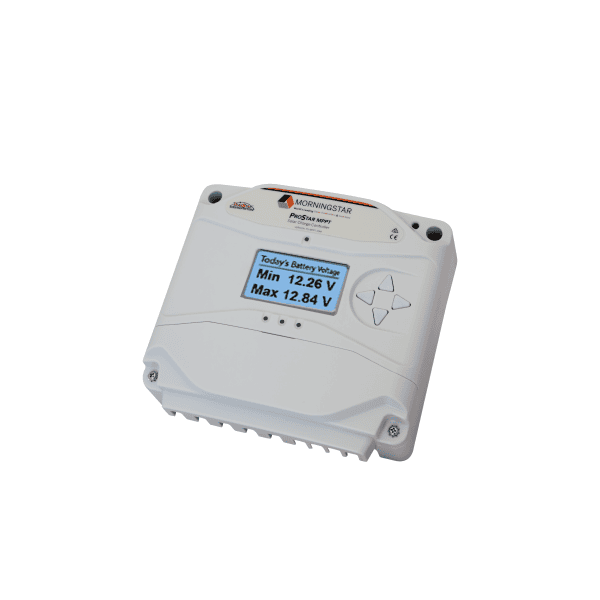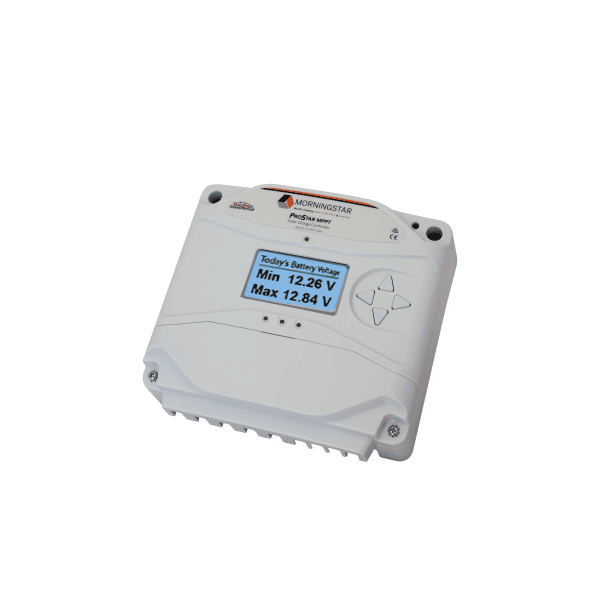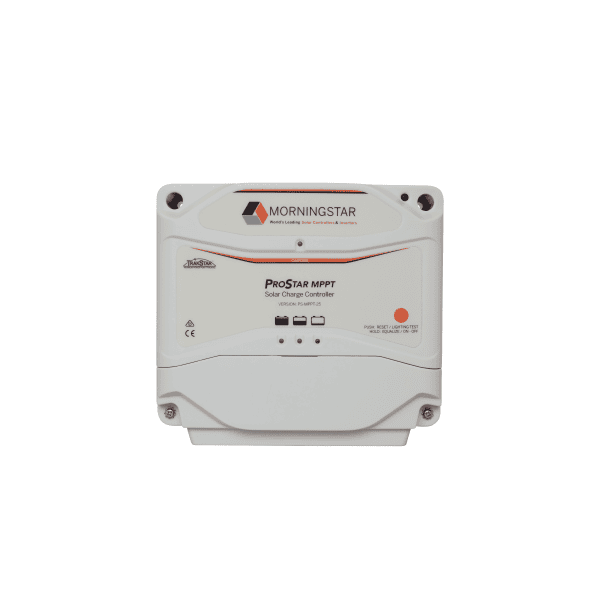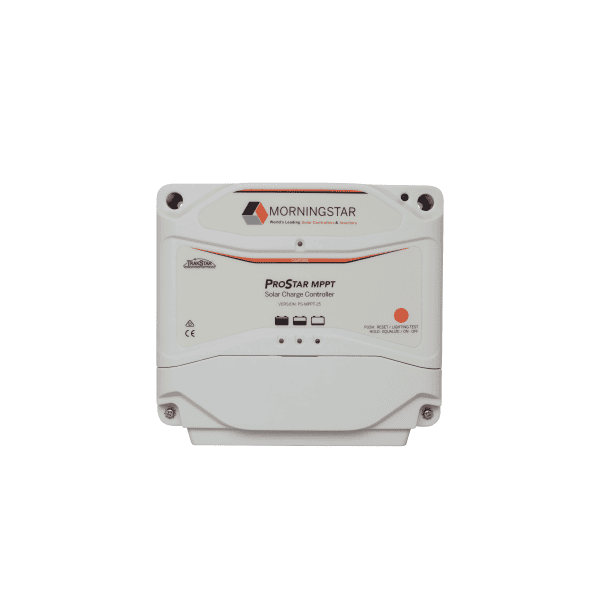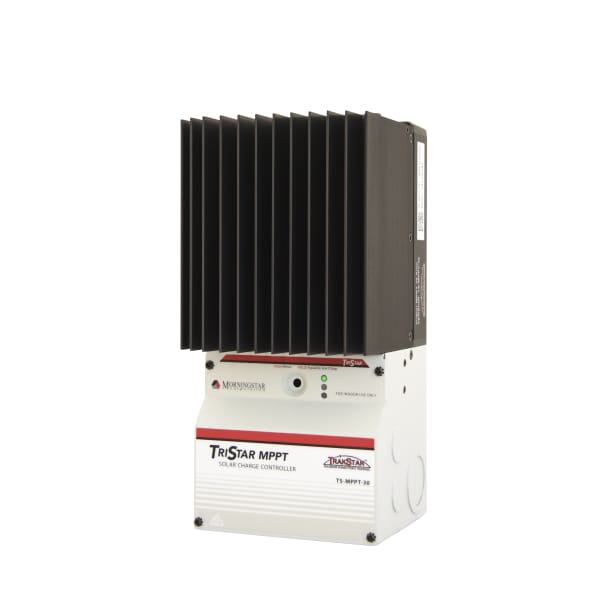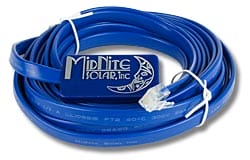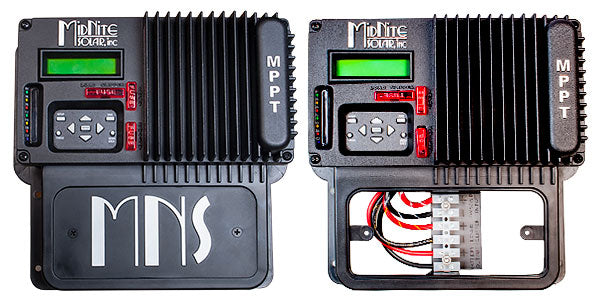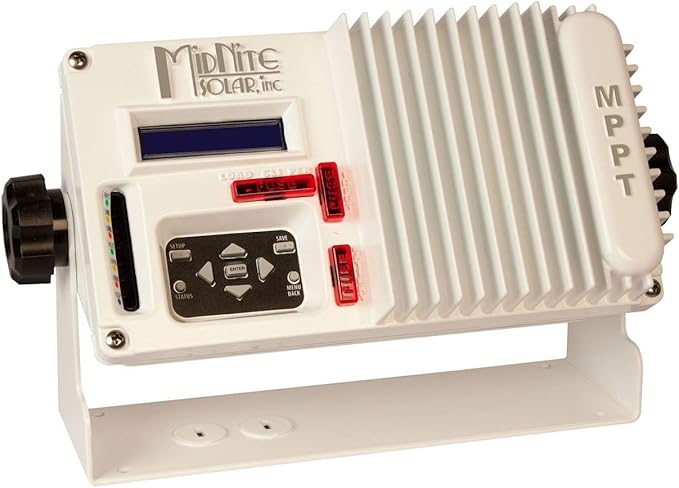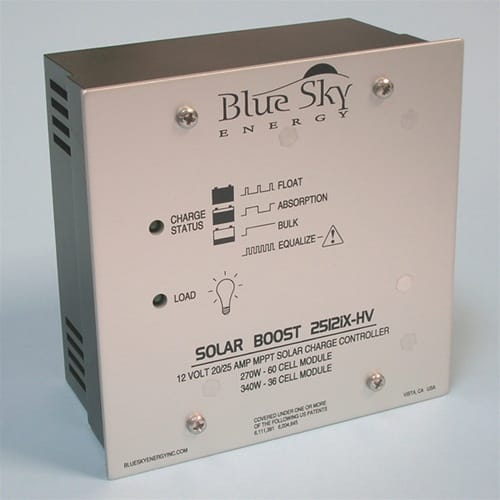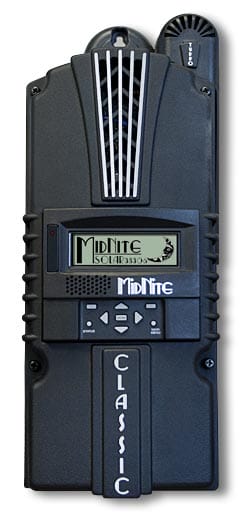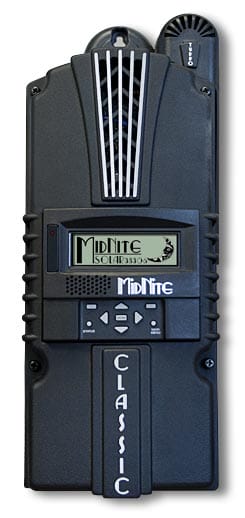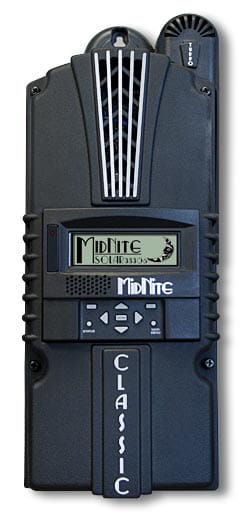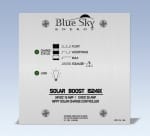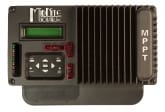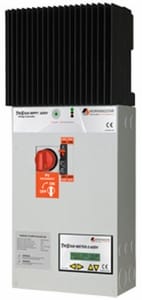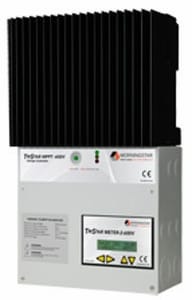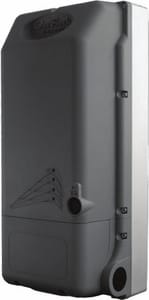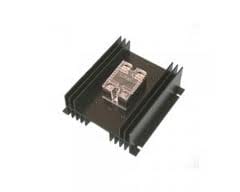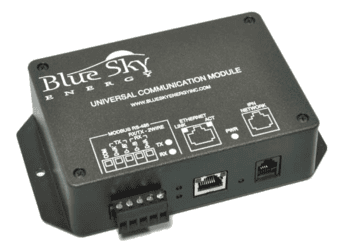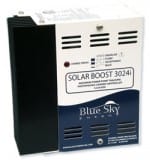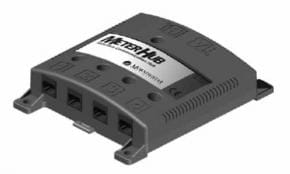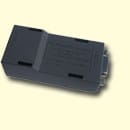Shop MPPT Charge Controllers Online
MPPT charge controllers are engineered to optimize energy yield from solar arrays by continuously tracking the maximum power point, ensuring efficient battery charging across a range of system voltages and configurations. The Solar Store’s selection includes MPPT solar charge controller models with features such as high PV input voltage support—up to 500VDC on select units—adjustable charging currents up to 100A, and automatic voltage recognition for 12V, 24V, 36V, or 48V battery banks.
Controllers like the OutBack FLEXmax 80 offer a 4-line LCD for real-time monitoring, programmable charging stages, and data logging, while the EG4 MPPT100-48HV integrates RS485 BMS communication and built-in input breakers for streamlined battery management and enhanced safety.
Technical capabilities vary by model, with options including ultra-fast MPPT tracking algorithms, conversion efficiencies exceeding 98%, and support for both lead-acid and lithium battery chemistries. Some controllers provide advanced communication interfaces such as Bluetooth or Modbus, and protection features like overcharge, over-discharge, and over-temperature safeguards. For users seeking to expand system flexibility, integration with EG4 Electronics enables remote monitoring and seamless compatibility with modern battery systems.
Searching for precise energy management without the risk of overcharging or system faults? Many controllers in this range include programmable charging profiles, advanced protection against electrical anomalies, and user-friendly interfaces for configuration. Additional advantages include compatibility with diverse battery chemistries and support for remote monitoring.
Benefits of MPPT Charge Controller Products
-
Optimized Energy Harvest: Advanced MPPT algorithms maximize solar input, adapting to changing light and temperature conditions for higher efficiency.
-
Flexible System Integration: Wide voltage and current support, plus communication ports, enable compatibility with various battery types and system sizes.
-
Enhanced Safety and Monitoring: Built-in protection features and real-time data displays help prevent faults and simplify system oversight.
Related Solutions
Explore More Solar Power Solutions
Here are other sub-collections addressing various solar and energy storage needs:
Quick Spec Comparison
|
Product Name |
Max PV Input Voltage |
Max Output Current |
Stand-out Features |
Brand |
|
150VDC |
80A |
Continuous MPPT, 5 battery voltages, 4-line LCD, data logging |
Outback Power |
|
|
500VDC |
100A |
Built-in breakers, RS485 BMS, 94% efficiency |
EG4 Electronics |
|
|
100VDC |
30A |
Bluetooth, auto voltage, >98% efficiency, programmable |
Victron Energy |
|
|
150VDC (HyperVOC 162V) |
30A |
Input paralleling, wind/hydro modes, marine-rated |
Midnite Solar |
|
|
150VDC |
60A |
99.9% tracking, RS232/RS485, LCD, multi-battery support |
SRNE |
|
|
150VDC |
20A |
Auto voltage, 97% efficiency, LED display, load control |
SLD Tech |
Other Broader Solar Collections
Why Shop MPPT Charge Controllers at The Solar Store?
-
Wide selection of top brands including Outback Power, Victron Energy, and EG4 Electronics
-
Technical support from solar energy experts
-
Fast shipping and reliable customer service
-
Trusted source for advanced solar power solutions and accessories

